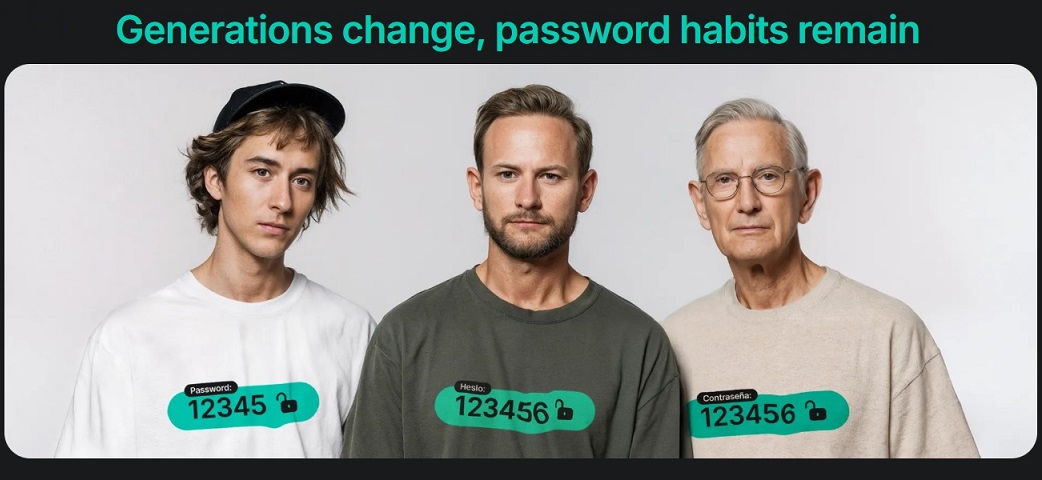PSD2 and Blockchain: mutual support

 New rules in Europe aim to change the payments landscape – in the process, they could also boost blockchain development.
New rules in Europe aim to change the payments landscape – in the process, they could also boost blockchain development.
Europe is about to undergo a massive shift in regulation that will fundamentally change the payments landscape. It’s also likely to give an unexpected boost to blockchain development.
Let me explain. It all starts with PSD2, a new payments directive due to come into force in early 2018, aims to change the way banks treat data. While that sounds relatively benign, the consequences will be anything but. Under the new rules, banks will have to share client information with licensed third parties if the client asks it to do so.
This will allow a broad range of financial services to take advantage of an important asset that until now has been treated as proprietary: customer data.
Obviously, this favors fintech companies more than it does banks, who are being ordered to give up an important component of their competitive advantage (exclusive knowledge of a client’s transaction history and asset distribution) in order to help disruptors.
It also sheds light on a deeper goal: to promote innovation in the payments space, whatever the cost.
Shifting gears
The prevailing view in Europe is that legacy payment rails have been holding back growth in commerce and finance. The upgrade began over 17 years ago with the harmonization of central bank systems and currencies, and reached its peak in 2014 with a massive overhaul of cross-border payments within the European Union.
PSD2 is different in that it is not upgrading current systems. It is creating new ones. Rather than figure out how to make processes more efficient, it wants to rethink how payments are made. And rather than tell market participants what the new system should look like, it wants them to figure it out for themselves. In opening up access to data, it aims to give them a powerful tool with which to do so.
Is this starting to sound familiar? It is exactly what blockchain thinkers and doers around the world are working on: how to use new technologies to not only improve current processes but develop entirely new ones, bypassing legacy systems and unleashing a new wave of innovation – and in the process, change how people use money.
Apart from sharing a common long-term goal, PSD2 will also benefit blockchain projects by broadening business opportunities.
For example, financial institutions could end up offering blockchain-based payment services through partnerships. Bank accounts and cryptocurrency holdings could be aggregated on wealth management dashboards. The operations of distributed ledger trading platforms could fundamentally alter if collateral takes on a different form. And the need to protect the freely flowing data could provide fertile opportunities for providers of blockchain-enhanced security.
Loose change
But zooming out even more, a stronger symbiosis emerges. Why are Europe’s financial regulators so keen to kick payment efficiency up to a new level? It’s part of a bigger drive, replicated in other parts of the world, to replace cash.
Contemporary attempts to replace cash with electronic payments have encountered significant friction. With more fluid payment systems, however, the barriers lower. Combine that with a wide range of applications designed to help you manage your financial life with just one device, and you have a new type of service that changes how we see finance.
Given its ability to enable services to share data in a relatively decentralized and selectively transparent manner, blockchain technology could end up being part of the connective tissue of the new system. And given its ability to preserve a semblance of anonymity in electronic payments, it could help a wary public to accept the advantages of going cashless.
Here’s where blockchain-based services will most likely start to go mainstream: not in replacing current systems with better processes, but in forming part of new systems in a behind-the-scenes, non-threatening role.
Source: coindesk.com
Dariusz Mazurkiewicz – CEO at BLIK Polish Payment Standard
Banking 4.0 – „how was the experience for you”
„To be honest I think that Sinaia, your conference, is much better then Davos.”
Many more interesting quotes in the video below:












